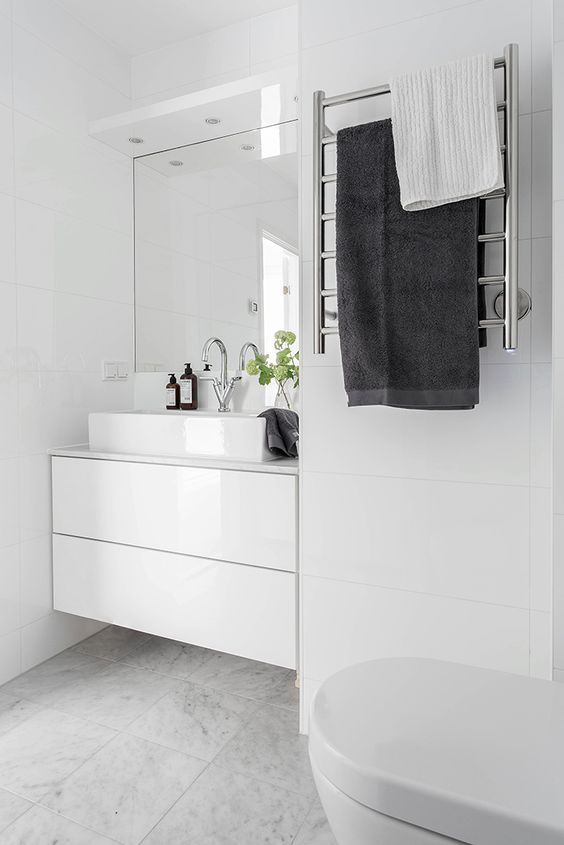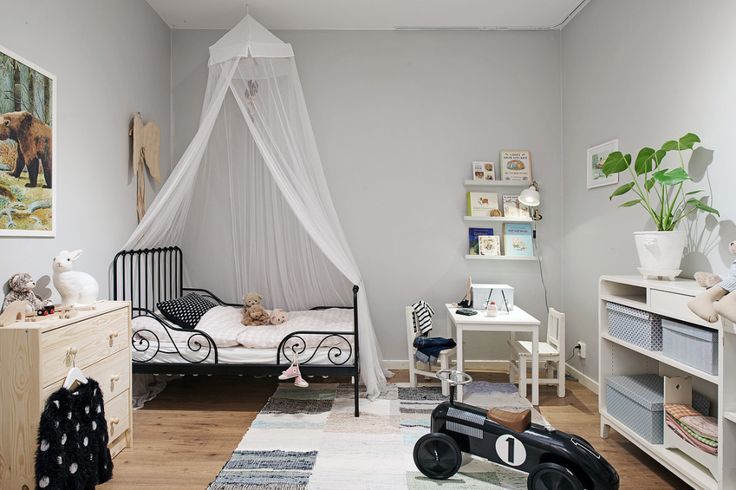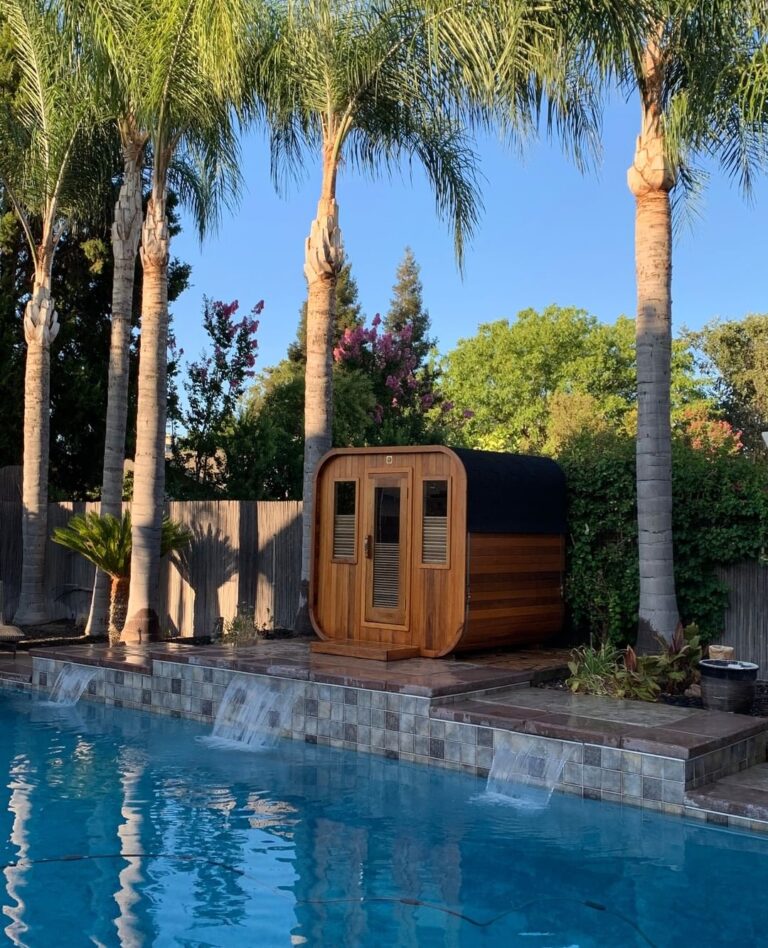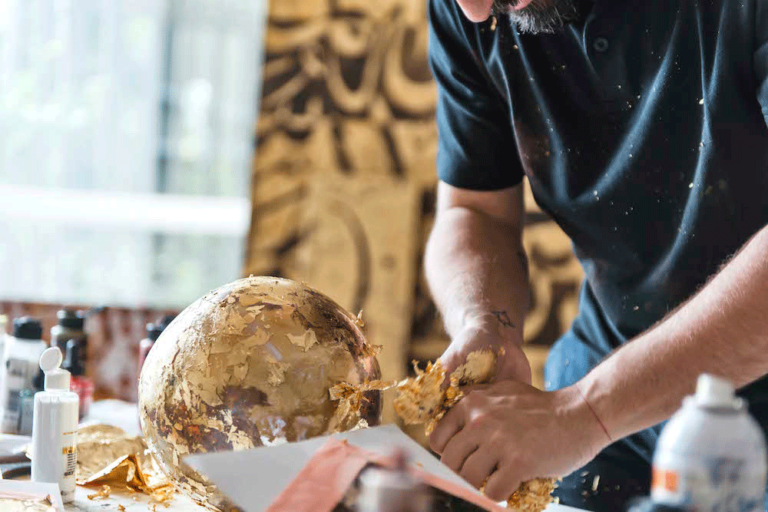How to Install Underfloor Heating
Underfloor heating is a growing trend, so much so that many new builds have it as standard. If you live in an older property, though, you can still benefit from this technology. Underfloor heating can easily be retrofitted into older houses and flats, you just need to get a bit creative.
Prepping for underfloor heating
Underfloor heating needs a bit of preparation before it can go in. Your floor will need to be excavated by a foot or more to accommodate the pipes, as well as the screed (the thin layer of concrete that goes over the pipes once they’re in place). For most people this digging isn’t a problem and it doesn’t actually raise the level of the floors.
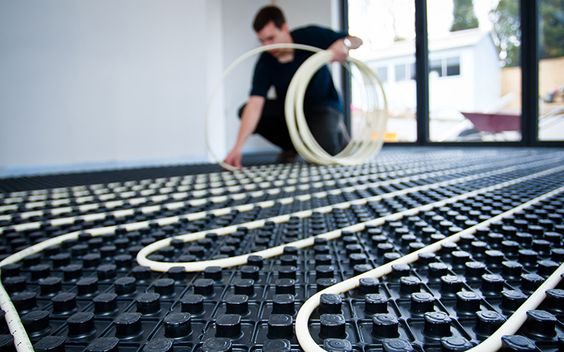
If excavation isn’t possible for some reason, then the floor will need to be raised, which involves removing doors, taking a few inches off the bottom and replacing them. Luckily, newer, ultra-thin systems are coming onto the market now so deep digging is becoming less necessary.
Insulating your floor
You need to get as much heat travelling upwards into your rooms as possible. We all know that roofs, windows and doors let out heat, but heat can also escape through floors. This is why you need a layer of insulation under the pipes to bounce heat back up into your rooms, helping them to stay cosy.
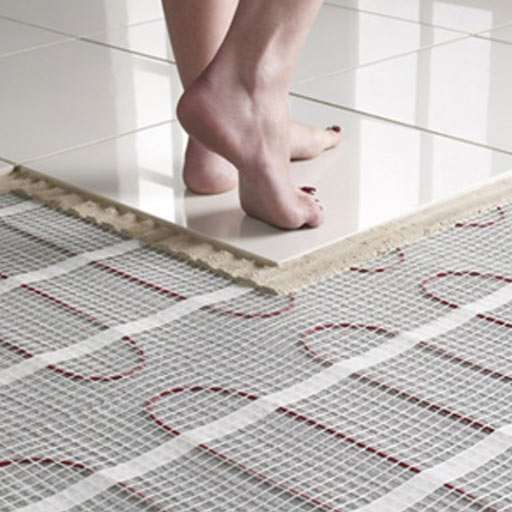
There are several different types of insulation methods and materials, so your provider will be able to advise you on the best one for your home – you need to aim for efficient insulation without causing overheating in the system.
Covering up the heating pipes
Obviously underfloor means underfoot, and as your heating system is designed to give you many years of warmth, you need to protect the pipes from disturbance and movement in the top flooring layer.
This usually comes in the form of the screed, the protective concrete layer that not only keeps the pipes in their places but also provides a foundation for the eventual floor covering – wood, laminate, linoleum or whatever you choose.
Choosing your top layer
You can use most types of flooring over underfloor heating, but you need to remember that this form of heating works differently to wall-mounted radiators or wood burners, for example. Your floor is warmed up and this heat radiates into your rooms, therefore, you need a floor covering that doesn’t insulate very well but that conducts heat well.
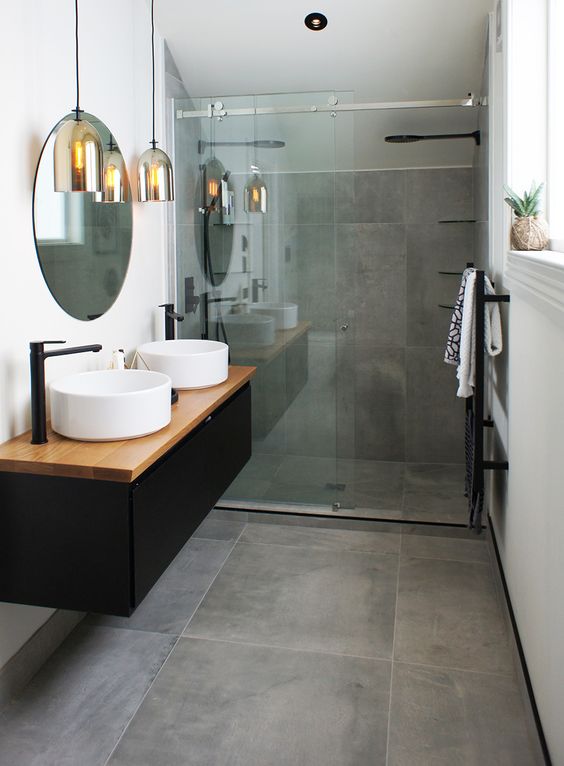
More things to consider
While many homeowners opt to lay their own underfloor heating, it’s most advisable to use professionals, as they have more experience and can recognise and deal with any potential problems.
No two homes are the same, so if you have an unusual space to heat, or you are worried about overheating, underheating or making sure the system has been laid safely and correctly, then only a professional provider will do.
You’re making a big investment in your home, one that will keep it warm for years to come and keep your energy bills down, so it’s important that you get it right first time!

